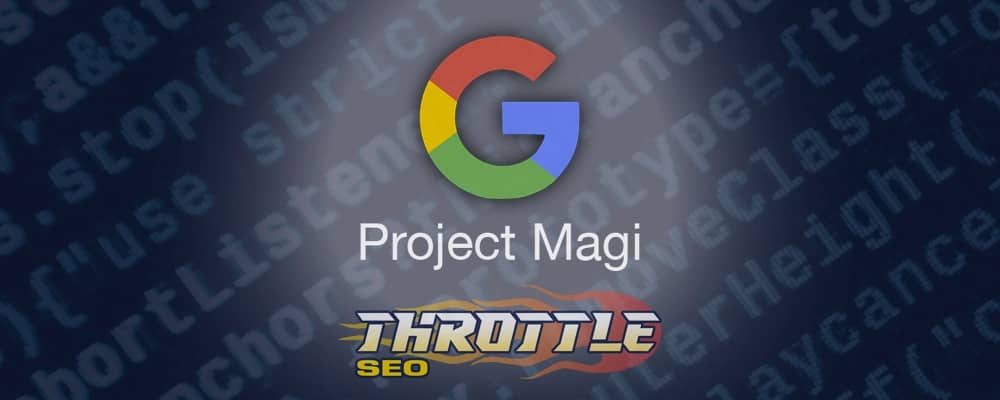What is Error 404, and How to Fix It?
We have all encountered it at some point: the dreaded Error 404. You click on a link or type in a URL, and instead of landing on the desired page, you’re greeted by a message that the page cannot be found. But what exactly is a 404 error, and how can you fix it? We’ve written a previous piece about understanding website error codes, but in this article, we will demystify Error 404, discuss the reasons behind its occurrence, and provide practical solutions to get you back on track.
Understanding 404 Errors
Error 404, or more precisely “HTTP Error 404,” is a standard HTTP status code. It indicates that the requested resource, typically a webpage, cannot be found on the server. It is important to note that the server is functioning correctly, but the requested page is either missing or has been moved. A 404 error can appear in various forms, such as “404 Not Found,” “Error 404,” or “HTTP 404.”
Reasons for a 404 Error
There are several reasons why you may encounter a 404 error:
- Incorrect URL: You may have typed an incorrect URL or followed a broken link. Typographical errors, including misspelled domain names or incorrect file paths, can result in a 404 error.
- Moved or deleted content: The requested page may have been moved to a new location or deleted entirely. This can happen when a website is restructured, or content is removed or archived.
- Server misconfiguration: The web server may be improperly configured, resulting in requests for pages being directed to the wrong location.
- DNS issues: If the domain name system (DNS) settings for the website are not properly configured, requests may not reach the intended server, resulting in a 404 error.
How to Fix a 404 Error
If you encounter a 404 error, there are several steps you can take to try and resolve the issue:
- Double-check the URL: Before you do anything else, make sure you have typed the correct URL. Check for typos or incorrect file paths, and try again. If you followed a link, it might be broken. In this case, inform the website owner or administrator.
- Use a search engine: If you’re not sure of the exact URL, try using a search engine to find the page you’re looking for. The content may still be available, just under a different URL.
- Check your browser’s cache: Sometimes, your browser may have cached an older version of a page, resulting in a 404 error. Clear your browser cache and try reloading the page.
- Visit the homepage: Go to the website’s homepage and navigate through the site’s menus or use the search function to find the desired content. The page might have been moved to a new location within the site.
- Use the Wayback Machine: If the content has been removed, you can try using the Wayback Machine (archive.org) to access an archived version of the page.
- Contact the website owner: If none of the above solutions work, consider reaching out to the website owner or administrator to report the issue. They may be unaware of the problem and can fix it or provide alternative content.
For Website Owners and Administrators
If you’re a website owner or administrator and your visitors are experiencing 404 errors, take the following steps to address the issue:
- Check for broken links: Use a broken link checker tool to identify and fix broken internal and external links on your website.
- Set up redirects: If you have moved or deleted content, set up 301 redirects to guide users to the new location or a relevant alternative page.
- Fix server misconfigurations: Review your server settings
Error 404 is a common yet often frustrating occurrence for both website visitors and owners. Understanding the causes behind a 404 error and applying the appropriate solutions can help mitigate its impact on user experience. By double-checking URLs, using search engines, and employing other troubleshooting methods, users can often overcome this issue. For website owners and administrators, maintaining a well-structured site, fixing broken links, and implementing redirects are key strategies to prevent 404 errors and ensure a seamless browsing experience for all visitors.
At Throttle SEO we can help keep your website error free with our technical SEO services included in all of our packages. We can also build your new website, guaranteed to be technically sound and ready to convert! Reach out to us anytime to get started.
Share Your New Knowledge!
Throttle SEO LLC
Follow Us!
Talk to Our Sales Team!
By completing and submitting this form, you agree to receive service information and promotions from Throttle SEO. To learn more about how we use your information, see our Privacy Policy.




